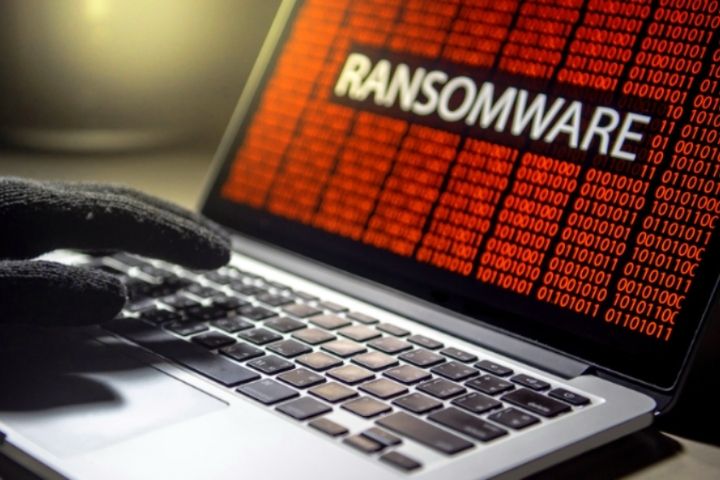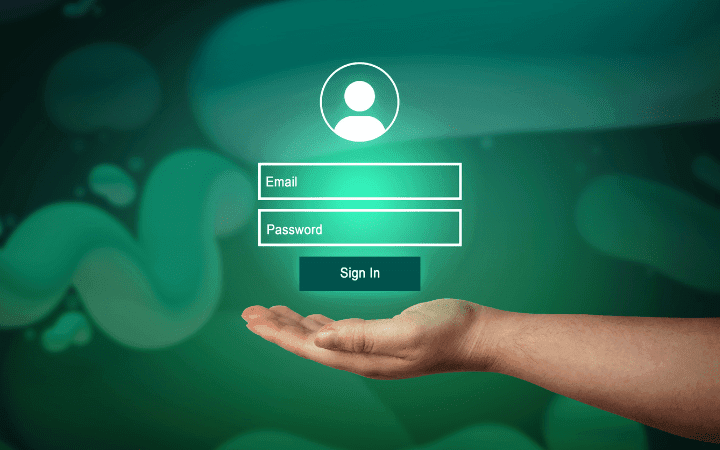What Is Ransomware Attack And How Does It Work?

There are many cybersecurity threats on the Internet, but ransomware attack (more commonly known as “Ransomware”) is currently the most prolific. Considering the risks this can cause, it’s a good idea to learn more about this threat. To know what she does and what to do when this type of attack hits us.
So let’s explore in detail in this article what ransomware/ransomware is and what we can do to stay safe.
What Is Ransomware?
Ransomware is a term that covers any virus or malware that holds our computer “hostage”. Ransomware can use a few different methods in an attack, but the connection between these other methods is that they block part or all of our computers.
How Does Ransomware Work?
To explore how ransomware works, we must first delve into the different types of ransomware, what each does, and what they try to achieve. Let’s see this in detail below:
Encryption-Based Ransomware
This is the most common version of ransomware. This method works by blocking files on our computer, and some will even prevent the operating system from starting.
The ransomware then demands payment from the user to recover their files. To prevent us from finding a way around the ransomware, the virus gathers all the files in one folder and then locks them using strong encryption.
Note that the files have not been deleted forever, but the user cannot use them without the correct passkey.
Once the user has paid, the malware developer will then provide the password to unlock their PC. The developer can add incentive by adding a timer to the ransomware. Once the timer reaches zero, all files are deleted.
Alarm Software (Scareware) Usurping The Identity Of A Legitimate Entity
Sometimes a ransomware program may act by impersonating a legitimate entity in the hope of making the user more likely to work.
For example, take the Reveton virus as reported by the FBI. This virus is ransomware that locks the computer but claims to come from the famous investigative office (obviously false). The virus thus argues that the victim was caught downloading illegal files to seize their PC to prevent any unlawful activity.
To continue using their computer, the victim has to wire money to “pay a (fake) fine”, but as you might expect, the money goes straight into the crook’s pockets.
Ransomware can also take the form of technology companies. In this example, a malware strain reported by Forbes did not lock the entire computer but just caused the browser to crash.
The malware claimed it was from Microsoft and locked our browser to prevent damage from a virus. The malware tells the user to call a “hotline” to repair the computer. A line with obviously high call charges.
These malware strains are commonly referred to as Alarmiciel (more widely known as scareware) because they aim to terrify us and make us make rash decisions. Fake virus and malware warnings fit this category well because they cause us to do something that is doing us more harm than good.
Where Does The Ransomware Attack?
Due to the nature of ransomware, it does not distinguish a particular person when locking a computer. As long as someone accidentally runs an infected file and uses an unsafe operating system, the attack will continue.
However, malware developers have recently started picking their targets. At the height of ransomware attacks, malware developers were posting ransomware to the Internet in record time. The idea was to put the quantity at the expense of quality by infecting as many people as possible to increase ransom profits.
However, two solutions forced ransomware developers to change their modus operandi. These solutions came after the ransomware attack method became more regular and security companies started responding to the threat.
The World Braces For Ransomware Attacks
First Solution
The first solution was the rise of anti-ransomware websites—ransomware decryption services like PyLocky attack ransomware specifically by releasing programs and keys to free a locked computer.
As such, ransomware should therefore be discreet to avoid detection as much as possible. The more people a stump attacks there, the higher the risk of triggering the alarm and the faster a solution will be found. As a result, a ransomware developer had to ensure that their program reached as many paying victims as possible before it was discovered.
For example, Aunt Mar, who uses her computer to watch cat memes, will not and probably not be able to pay the ransom fee. However, a wealthy person with sensitive documents on their computer is much more likely to cough.
Second Solution
The second solution has been to increase public awareness of ransomware. After ransomware became a hot topic in cybersecurity, people were encouraged to create backups of their computers.
After all, what’s the point of a ransom if someone has an alternative aside? Not only that, but operating systems have started offering anti-ransomware tools to their users. For example, if you are on a Windows computer, the Windows Defender security tool now provides adequate protection at no additional cost.
How To Avoid Ransomware?
Reliable antiviruses do not allow viruses to enter our computer in the first place. If the thought of being infected with ransomware scares you, note that there are ways to protect yourself from it. Here are some recommendations to prevent it.
Keep Backups Of Our Data
A good backup will prevent all ransomware attacks that are not data leaks. So why pay a ransom when we have the option of just erasing and reinstalling everything?
However, before backing up your essential data to a USB stick or external hard drive, why not try backing up your data to Cloud service? Indeed, nowadays, many services allow us to automatically back up our entire computer (Windows, Mac).
In addition, these Cloud solutions now allow both to store and create new files and organize them in folders, for example, while reducing the risk of piracy. Because our data is then present on the secure servers of these services, you can, for example, use solutions like Google Drive or even Dropbox, MS OneDrive, etc .
Be Aware Of Ransomware Attack
Now that our data is backed up, it is time to prevent ransomware from infecting our computers. Unfortunately, there is no single trick to protecting ourselves from ransomware, but we have to try to follow simple rules like the following:
- Do not open emails of questionable origin or form.
- Learn to identify questionable file extensions (Examples: if; .bat; .exe; .vns).
- Have your operating system and applications up to date.
- Use a user account instead of an administrator account.
To learn more, you can check out this excellent government article.
How To Remove Ransomware?
If, despite everything, you are the victim of ransomware, try not to panic. A ransomware developer plays on fear to encourage us to pay.
Don’t Pay The Ransom!
While reading this article, you may have wondered what prevents a hacker from taking a ransom and not bothering to unlock the infected computer? The answer is nothing.
If we pay the ransom, we implicitly tell the hacker that their system is working. This may encourage it to develop and distribute more malware. In the worst-case scenario, the hacker won’t bother to provide us with the key to unlock your machine.
Find A Decryption Solution
As we saw above, there are currently many solutions like PyLocky to unlock an infected machine. Here are also other solutions that offer this type of service:
- Kaspersky Ransomware Decryptors
Note that the tool is free, so feel free to try them out if your machine is infected.
Conclusion
Ransomware is a nasty strain of malware. But as you have seen, we are not helpless in the face of this type of attack.
Also read: How Does Trello Work? A Popular Online Tool For (Agile) Projects And Teams






